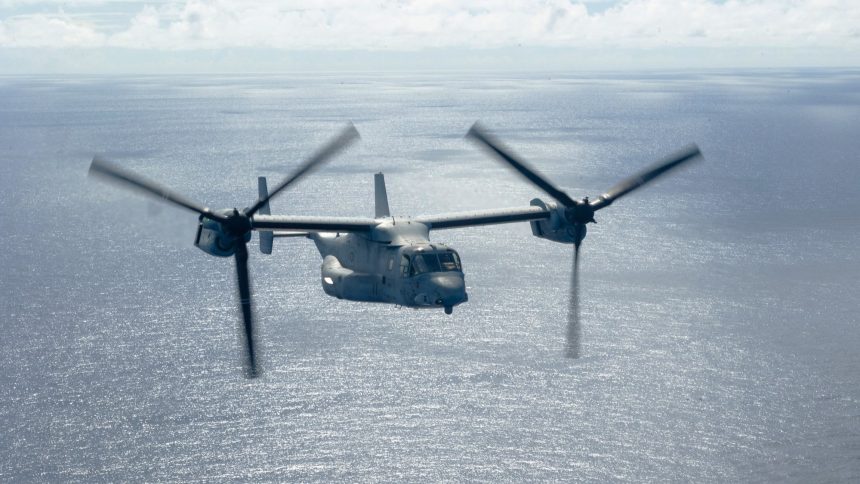An Osprey teamed up with two U.S. Navy MH-60R Sea Hawks to deploy sonobuoys in the Philippine Sea, operating from the USS America.
A U.S. Marine Corps MV-22 Osprey has been employed in support of Anti-Submarine Warfare drills in the Indo-Pacific. In fact, on Aug. 8, 2025, an MV-22 teamed up with two U.S. Navy MH-60R Sea Hawks and deployed sonobuoys to detect underwater acoustics for ships and submarines.
The Osprey was assigned to Marine Medium Tiltrotor Squadron (VMM) 265 (Rein.), deployed with the 31st Marine Expeditionary Unit (MEU) aboard the amphibious assault ship USS America (LHA 6). According to the service, this represents the first time a forward-deployed MV-22B assigned to the 31st MEU has operated in an ASW role within the Indo-Pacific theater.
The USMC has been refining the use of the tiltrotor for this mission, and the Osprey has been used in this role during the recent Atlantic Alliance 2025 exercise last month. On that occasion, MV-22B Ospreys from VMM-162 delivered A-size sonobuoys, building on the Osprey’s speed, range and lift capacity to complement traditional ASW aircraft, including the P-8A Poseidon and MH-60R Seahawk.
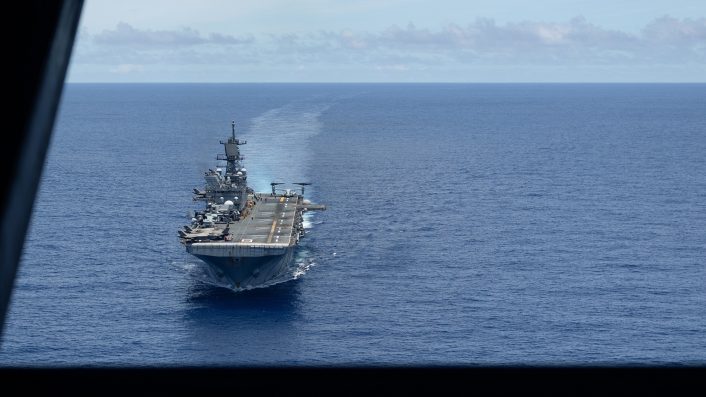
ASW training in the Pacific
As mentioned earlier, VMM-265 supported an operational anti-submarine warfare (ASW) mission utilizing the MV-22B Osprey teamed with two Navy MH-60R Sea Hawk helicopters to distribute sonobuoys on Aug. 8, 2025. It is unclear if the exercise was part of the joint maneuvers of the USS America alongside the George Washington Carrier Strike Group (CSG), the UK’s HMS Prince of Wales CSG and the Japan Maritime Self-Defense Force (JMSDF) Kaga Task Group, held from Aug. 4 to 12 and which also included ASW operations.
“The Marine Corps has spent the past five years re tooling to fight in the Pacific and the submarine threat can’t be ignored. The MV-22B complements the Navy’s capabilities so well that it’s hard to believe this wasn’t thought of sooner” said Colonel Niedziocha, Commanding Officer, 31st MEU. “We’ve validated the utility of both amphibious warships and littoral forces, demonstrating the ability to fight as the landward component of the fleet.”
The service further stated that the integration of the MV-22B into ASW operations expands the MEU’s ability to detect, track, and deter potential adversaries operating in the maritime domain. The new capability is said to leverage the range, speed, and payload capabilities of the MV-22B through the deployment of advanced sensors and integration with U.S. Navy capabilities, allowing for rapid response and persistent surveillance.
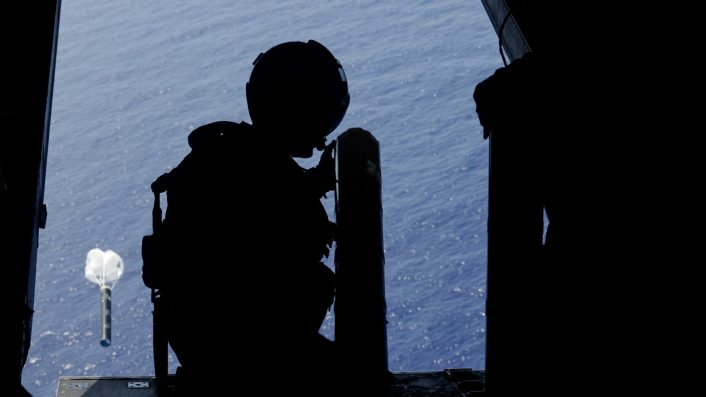
This development underscores the Marine Corps’ commitment to naval integration and the provision of a versatile, rapidly deployable force capable of addressing a wide range of contingencies.
ASW operations in the Pacific have taken on heightened importance as the People’s Liberation Army Navy (PLAN) continues to expand its submarine fleet in both numbers and capability. The Indo-Pacific is now home to an increasingly sophisticated undersea threat, with China operating advanced nuclear-powered and air-independent propulsion diesel-electric submarines capable of extended patrols and stealthy operations.
These vessels are a core component of Beijing’s anti-access/area denial (A2/AD) strategy, aimed at challenging U.S. and allied naval freedom of movement. The integration of platforms like the MV-22B Osprey into ASW roles introduces distributed, rapid-response capabilities, extending sensor coverage, allowing to quickly react to submarine detections, and sustaining persistent surveillance.
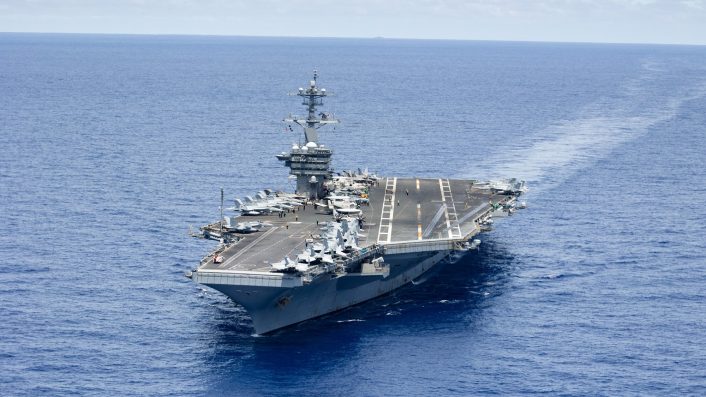
Atlantic Alliance 2025
The new exercise in the Pacific follows the recent participation of the Osprey in the ASW role to the Atlantic Alliance 2025 exercise, the U.S. Navy’s premier naval integration exercise on the East Coast held from June 28 to July 11. The Marines said the exercise was built on experimentation during Fleet Battle Problem 2024, and supported the Theater Undersea Warfare Commander (TUSWC), Commander, Submarine Group TWO (COMSUBGRU2).
COMSUBGRU2 said this new role for the Osprey marks a deliberate effort to establish doctrine, refine tactics and procedures, and align Marine Corps capabilities with theater ASW operations in a contested environment. In fact, the Marines are working toward an expanded role in ASW by developing capabilities in expeditionary command and control, distributed sensing, and sensor employment.
“We’re past the question of whether the Marine Corps can contribute to ASW,” said Navy Capt. Bill Howey, director of maritime operations for COMSUBGRU2. “Now we’re refining how they contribute and then integrating that into the fleet playbook.”
During the drills, MV-22Bs from VMM-162 delivered A-size sonobuoys to support undersea capabilities in the Atlantic. The initiative builds on the Osprey’s speed, range and lift capacity to complement traditional ASW aircraft, including the P-8A Poseidon and MH-60R Seahawk.
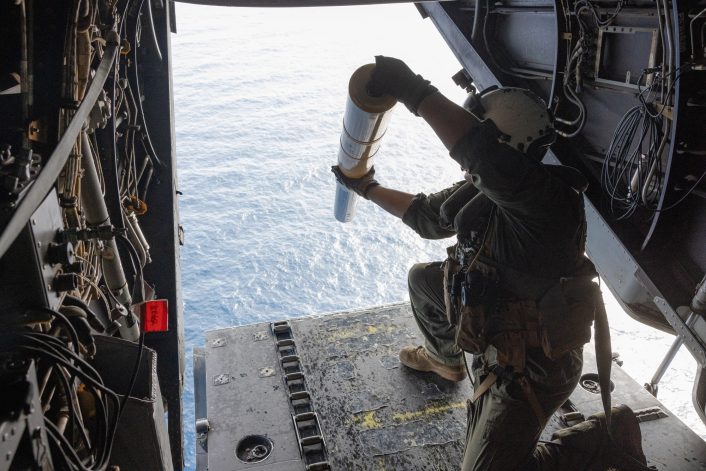
“The Osprey’s unique capabilities as a tiltrotor aircraft allow it to excel within the framework of distributed aviation operations and expeditionary advanced base operations,” said Maj. Sean T. Penczak, executive officer, VMM-162. “Its ability to cover long ranges with a payload comparable to the P-8, while maximizing time on station for time-critical tasking, has made it highly effective in the anti-submarine warfare arena — demonstrating its versatility and value as emerging threats continue to evolve.”
ASW is a mission that has traditionally been assigned to the Navy, employing dedicated aircraft and systems on its ships. Things are now changing with a push towards joint operations, with the MV-22s training on ASW operations and new anti-surface capabilities in the maritime domain for the Air Force.
“The Navy-Marine Corps team is no longer splitting the fight above and below the surface,” said Capt. Howey. “The undersea domain is a naval problem, and it’s being met with a naval solution.”
“A few years ago, the idea of Marines flying ASW missions might have raised eyebrows,” said Col. James C. Derrick, commanding officer, Marine Aircraft Group (MAG) 26. “Now we’re doing it as part of the plan, using the Osprey’s unique capabilities to help enable naval maneuver.”

